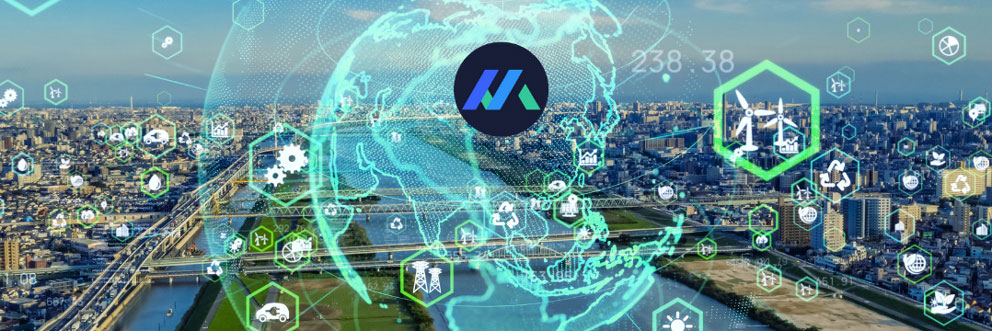The epidemic altered our daily life and the world we live in irreversibly. Each of us now has a unique perspective on our surroundings, as our susceptibility to natural disasters becomes more palpable.
While population expansion, urbanization, and globalization aided in the virus’ spread, they also boosted CO2 emissions and had other detrimental environmental consequences. Despite the need to concentrate on immediate issues, we must forget about those that will face us in the future. Climate change is the single greatest problem of the modern era, with about two-thirds of the world’s population now perceiving it as a worldwide emergency. We just cannot ignore it any longer.
]Indeed, we are the generation most equipped to resolve it. In fact, we may be the last generation capable of altering the course of history and taking the necessary actions to address climate change. It is our responsibility to utilize our knowledge and the resources at our disposal to help us win the battle for climatic stability. These tools comprise emerging technologies that have the potential to increase resilience.
Digital Technology and Green Electricity are the two keys to resolving this conundrum.
Digital technology is the most visible breakthrough in reshaping humankind. Consider how digital technology has transformed the way we work and live together. The Internet’s first episode was all about connecting people. The next episode will focus on reimagining how we live and interact with our surroundings. It’s going to be about machine-to-machine communication and human-to-machine communication. This is made feasible by the combination of the Internet of Things (IoT), which connects everything in our environment, and Big Data, which is the process of gathering, aggregating, and analyzing enormous volumes of data in data centers to provide actionable intelligence. And the capability for training machines and developing algorithms to make sense of all this data is essentially limitless now. The adoption of smart manufacturing technologies is already paving the way for a more desired future, in more effectively sharing and conserving the resources we use.
The second technology, which is arguably less apparent than the first since it has existed for a long period of time, is green power. Consider solar energy, microgrids, net-zero-energy structures, and electric automobiles. Because electricity is the only method to decarbonize energy, prepare for a far more electrified future. However, the electricity will not be the same in the future. Renewable energy will be used. Green is the way of the future.
The equation has four straightforward variables:
- Digital. Thanks to digitization, we can be considerably more efficient in every area. By using digital technology, whether in smart buildings, smart manufacturing, or smart cities around the world, we may achieve significant increases in efficiency over current levels.
- Circular. This is about ensuring that everything we do contributes to the development of a more circular economy than the one we now have.
- Electric. The percentage of electricity in everything will double in the next few years. We talk a lot about electricity, although it accounts for just around 20% of the energy we utilise today. It will double to 40% in 20 years.b
- Renewable. Today, just 6% of power is renewable. By 2040, it is expectedl be 40% renewable.
And it is not a case of waiting for one of these factors to change before shifting emphasis to another. We must work on all of them concurrently. We cannot afford to wait, since what we construct now will remain for years to come. If we want to combat climate change, we must immediately start taking actions.
Sustainability fosters adaptability.
Pandemics like the recent one and climate change are the two greatest risks to our society’s future. It is critical that we take action and build a sustainable world that prioritises resilience. Maintaining the present momentum is critical for attaining the really sustainable and resilient future that the whole planet so desperately needs.
COVID-19 may have shifted our emphasis, but it has emphasised the need for adaptability and agility. With the economy put under strain, it has acted as a wake-up call for increased awareness of long-term sustainability. Businesses must recognise that they can do better and must emphasise sustainability across their operations.
A more sustainable organization starts with your assets.
Considering that each asset has a finite life cycle and will eventually need to be replaced, a sustainable approach is to extend its life. Makoro™ helps extend the asset life through increased operational efficiencies. Sensors monitor assets, and Makoro™ continuously combines real-time asset health data with data from operations and enterprise systems to make accurate and relevant recommendations that optimise their operations more effectively. For example, as you reduce the number of routine maintenance trips, you save the engineer’s time and energy costs; at the same time you save on parts consumption through accurate and timely parts optimization; and improve overall process efficiency, thereby producing higher quality products with less rejection.
Multiply those efficiencies across your enterprise and the sustainability gains become extremely significant.
Research shows that proactive asset recommendations result in a 11%-13% reduction in raw material consumption and potentially saves up to 15%-18% on energy expenses.


